Dive Details
Location
Date
Saturday 22 August 2015
Time
9:17am - 11:02am
Details
I hadn't been to the deep wall or the seahorses since April, just before the super storm. I had heard that the seahorses disappeared with the storm but I wanted to check it out for myself.
I jumped in on the western side of the island, judging my timing perfectly between a few big sets of waves. I descended and headed at around 210° to the deep wall. At the wall the visibility was around 15 metres. The wall looked fantastic with lots of sponge growth. There were a lot of Port Jackson shars and a few crested horn sharks around.
I dropped down the wall and followed it to the north west until it ended and I got to the area where the seahorses had been. I had a good look around the area but could not find one. Even when they were around it was not always easy to find them but it does really look like they have gone. I did see a juvenile just after the storm but it was further north on the shallow wall. While I was looking for the seahorses I discovered a school of striped catfish and a wobbegong under a ledge below where the old seahorse location.
I followed the reef along for a while hoping to find a seahorse before turning north. As I tend to do in that area I found a red indianfish. I don't know if it is the same one each time or just they are common there.
I headed north over the sand until I hit the shallow wall where I turned west and followed the wall around to the north-west and then north. When I got to the corner I had a look in the area we'd seen the white and the pink pygmy pipehorses. There was another wobbegong there. I found a couple of interesting nudibranchs.
I headed around the corner and wasn't sure how easily I'd recognise the rock with two white and one pink pygmy when I simultaneously spotted the rock and one of the white pygmies from over 5 metres away (the viz was that good). I can't be sure which I saw first. The other white pygmy and the pink pygmy were there, too. Both white pygmies were out in the open and easy to photograph. While I was there another photographer with a camera swam by so I pointed out the pygmies to him and he took some photos. George and Paula then swam by so I showed them the pygmies. George was still set up for wide-angle so no photos but I think Paula was intrigued by the pygmies.
I then headed up the slope looking for pygmies. I looked at the rock above Pygmy Rock where I have seen a pygmy for a few months but could not find one. I swam over to one of the rocks with pink sea tulips to look for one of the two pygmies that are there. Kim was there with Mandy. Kim had just spotted one but it disappeared again.
While I was staring at the side of the rock where the pygmy had been a red indianfish dropped down in front of me; between me and the rock. I have very rarely seen a red indianfish swimming so this was a pretty weird thing to happen. I had to gently push it out of the way so I go back to looking for the pygmy which I eventually found. Kim and Mandy took photos of the red indianfish as I did later.
I then headed to the top of the slope and on my way back to the outboard motor I checked the small rock I'd see the very active pygmy pipehorse last week. It was still there and still active, bouncing around the rock.
I headed to the exit. Before the outboard motor I saw a crested horn shark eating a Port Jackson shark egg. As I was just about the get out on the northern side of the island I noticed a number of red-lined bubble snails amongst the algae on the rock in around a metre of water. I took some photos before getting out.
Seas
Slight
Visibility
10 to 15 metres
Duration
103 minutes
Maximum depth
17.3 m
Average depth
11.4 m
Water temperature
15.9°C
Dive Profile from Citizen Hyper Aqualand
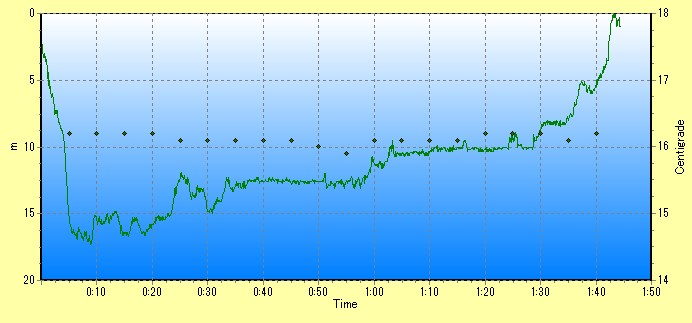
Tides at Botany Bay AEST
Note that tides at dive site may vary from above location.
High
12:37am
1.30m
Low
6:48am
0.57m
High
1:23pm
1.43m
Low
7:46pm
0.68m
Camera gear
Camera
Nikon D7000
Lens
Nikon AF Micro-Nikkor 60mm f/2.8D
Housing
Ikelite 6801.70
Lens port
Ikelite Flat Port 5502.41
Strobe
2 x Ikelite SubStrobe DS161
Photographs
Depth information, where present, indicates the depth of the camera when the photograph was taken and can be used to approximate the depth of the subject.
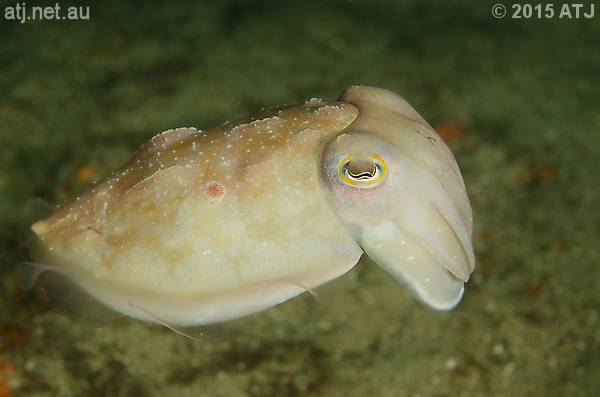
Reaper cuttlefish, Sepia mestus. 17.2 m.
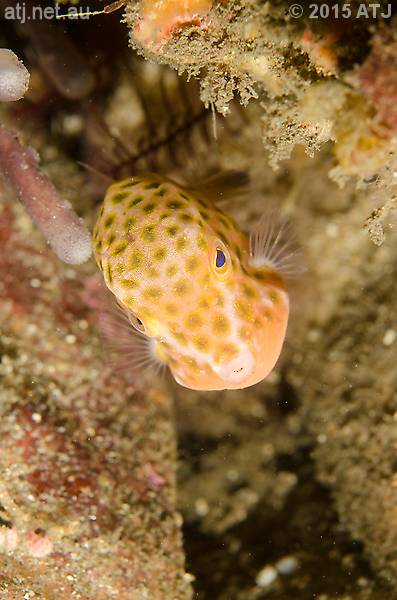
Eastern smooth boxfish, Anoplocapros inermis. 15.7 m.
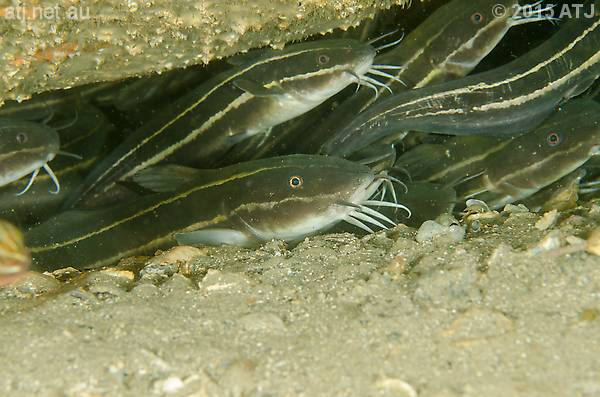
Striped catfish, Plotosus lineatus. 16.5 m.

Reaper cuttlefish, Sepia mestus. 15.8 m.
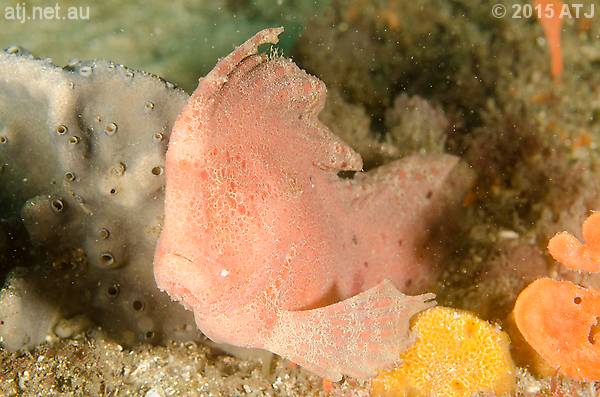
Red indianfish, Pataecus fronto. 15.3 m.
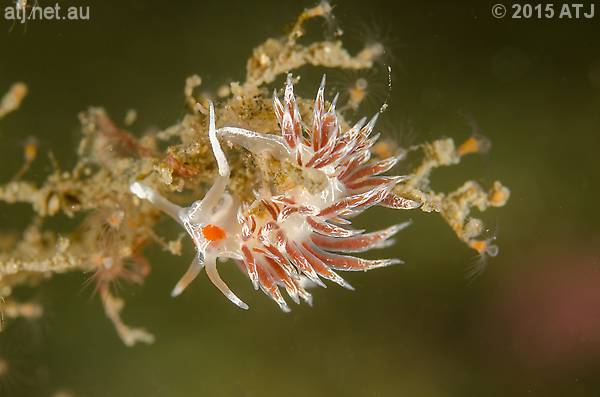
Nudibranch, Cratena lineata. 14.6 m.

Nudibranch, Flabellina poenicia. 14.1 m.
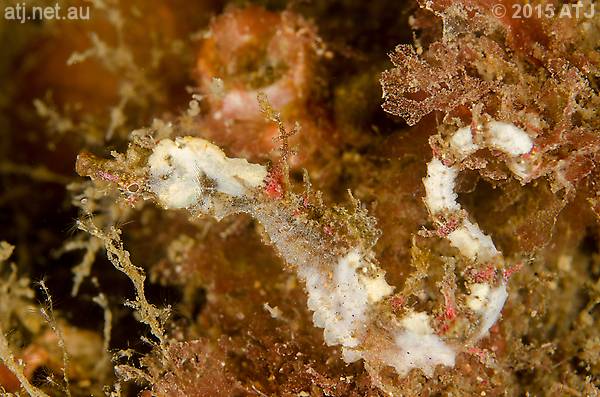
Sydney pygmy pipehorse, Idiotropiscis lumnitzeri. 12.5 m.
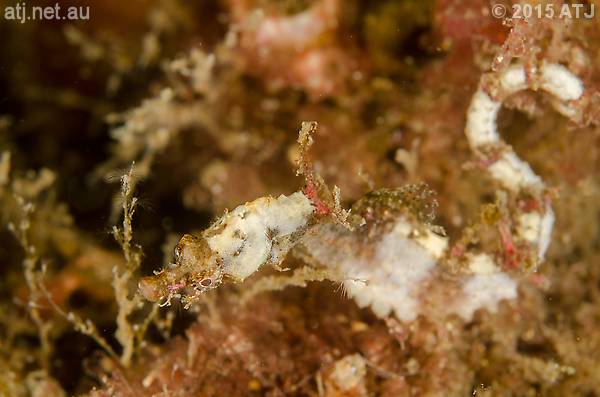
Sydney pygmy pipehorse, Idiotropiscis lumnitzeri. 12.4 m.
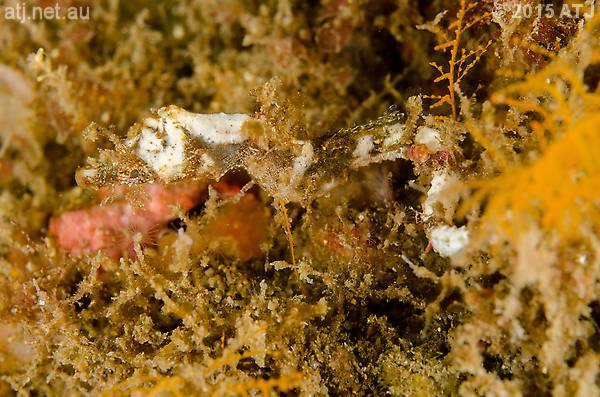
Sydney pygmy pipehorse, Idiotropiscis lumnitzeri. 12.3 m.
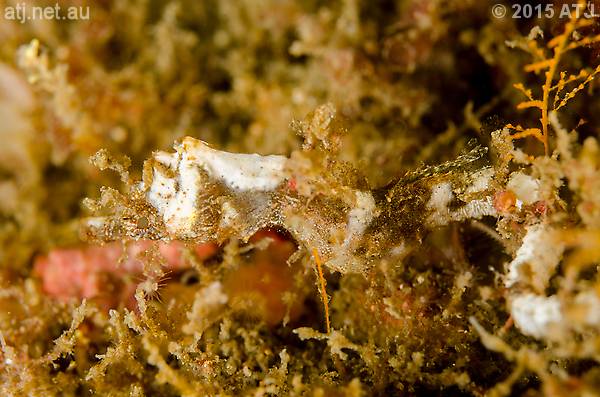
Sydney pygmy pipehorse, Idiotropiscis lumnitzeri. 12.4 m.

Sydney pygmy pipehorse, Idiotropiscis lumnitzeri. 12.5 m.

Sydney pygmy pipehorse, Idiotropiscis lumnitzeri. 12.6 m.
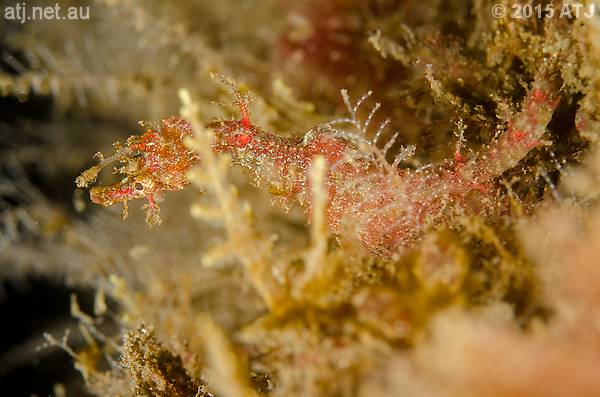
Sydney pygmy pipehorse, Idiotropiscis lumnitzeri. 12.6 m.
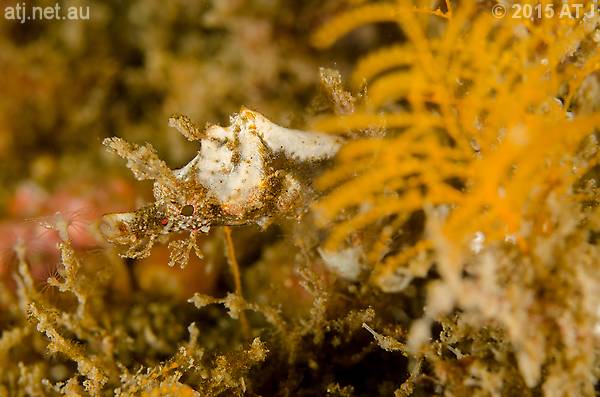
Sydney pygmy pipehorse, Idiotropiscis lumnitzeri. 12.4 m.
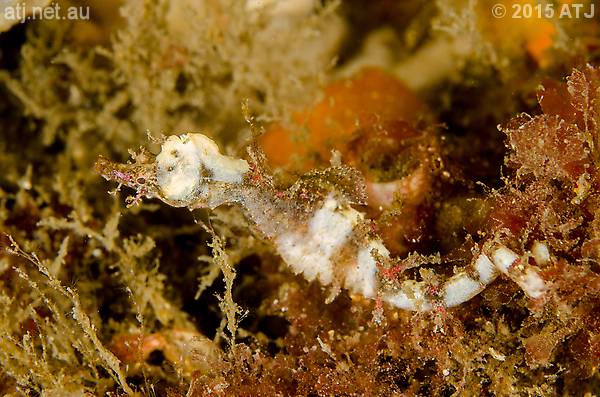
Sydney pygmy pipehorse, Idiotropiscis lumnitzeri. 12.5 m.
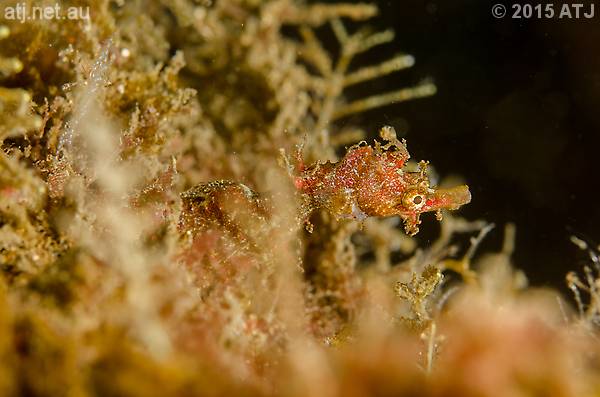
Sydney pygmy pipehorse, Idiotropiscis lumnitzeri. 12.6 m.
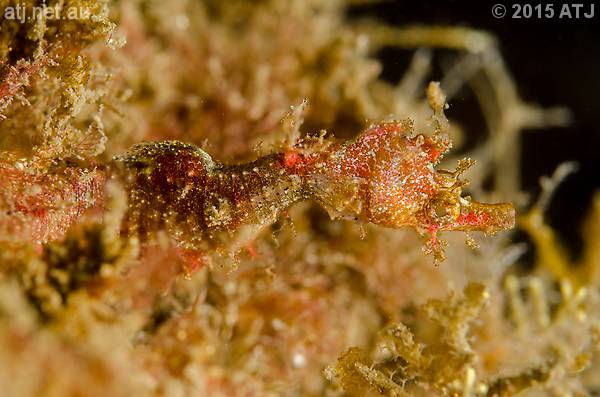
Sydney pygmy pipehorse, Idiotropiscis lumnitzeri. 12.6 m.
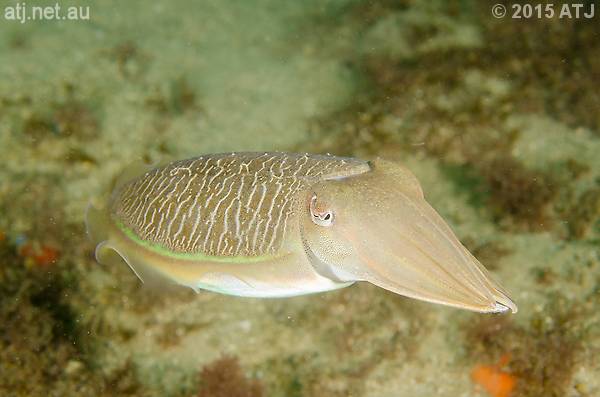
Mourning cuttlefish, Sepia plangon. 12.2 m.
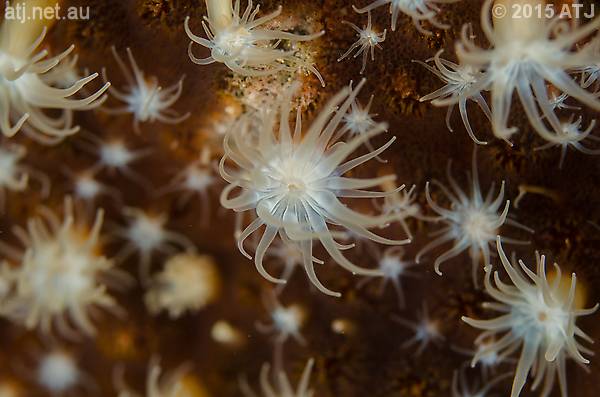
Zoanthids. 11.5 m.
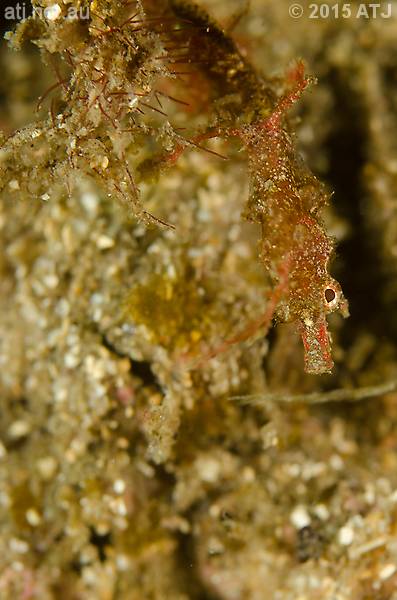
Sydney pygmy pipehorse, Idiotropiscis lumnitzeri. 10.1 m.
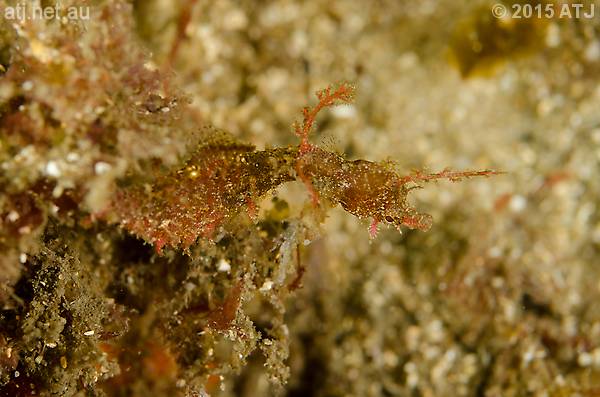
Sydney pygmy pipehorse, Idiotropiscis lumnitzeri. 10 m.

Red indianfish, Pataecus fronto. 9.8 m.
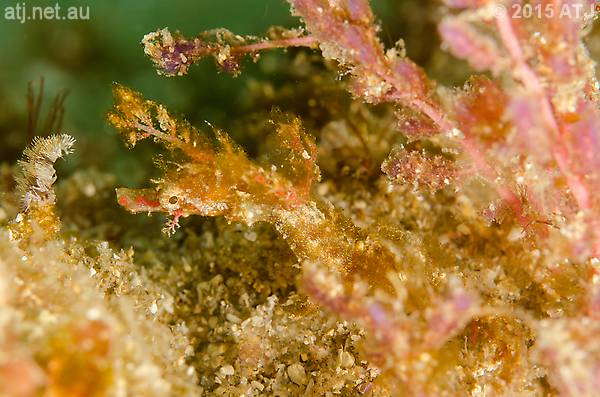
Sydney pygmy pipehorse, Idiotropiscis lumnitzeri. 8.2 m.
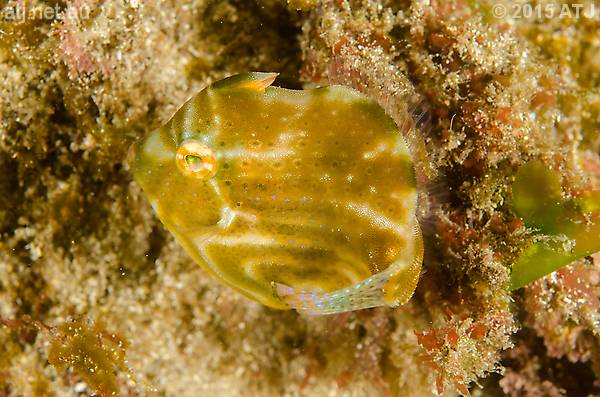
Pygmy leatherjacket, Brachaluteres jacksonianus. 6 m.
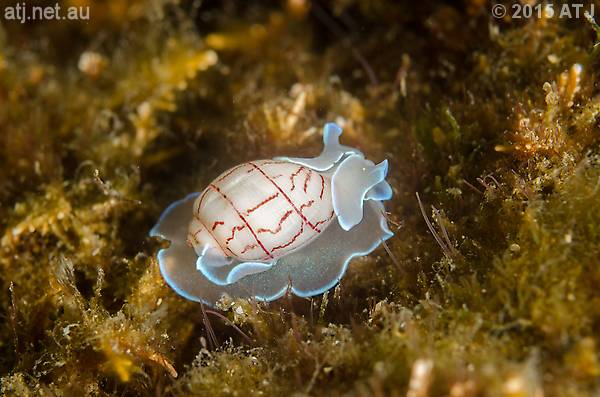
Red-lined bubble snail, Bullina lineata. 1 m.